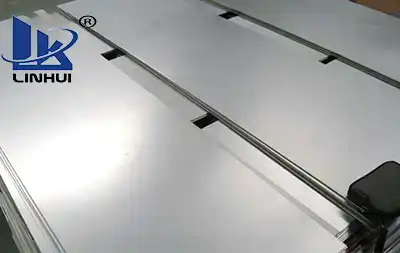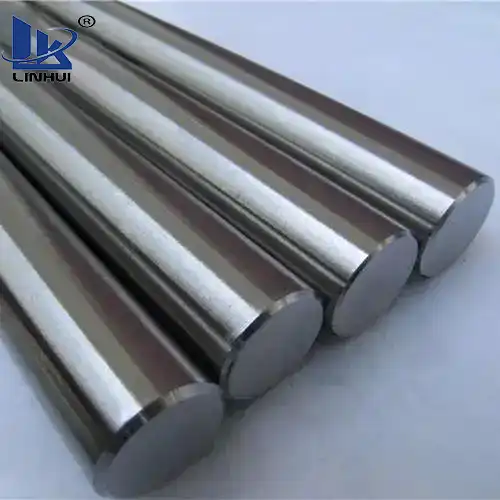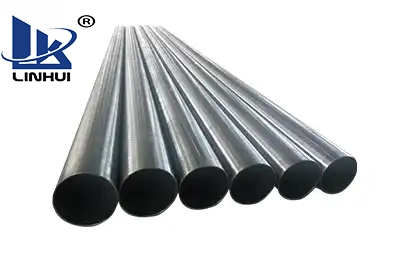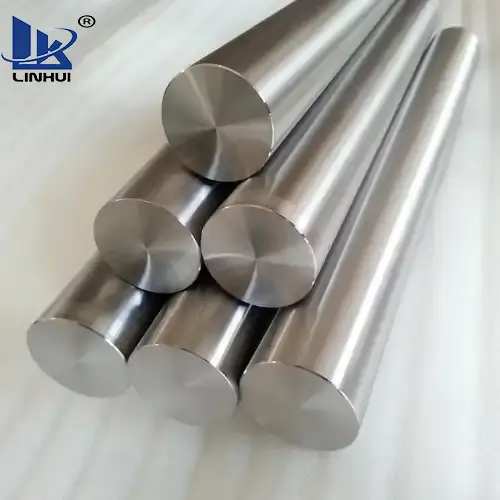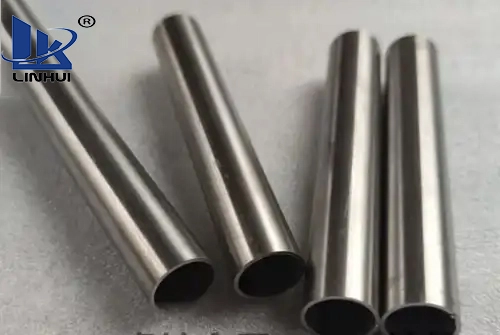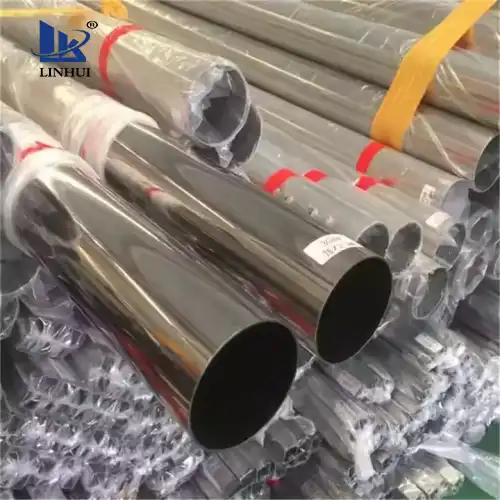The function of heat treatment is to improve the mechanical properties of materials, eliminate residual stress, and improve the machinability of metals. According to the different purposes of heat treatment, heat treatment processes can be divided into two categories: preliminary heat treatment and final heat treatment.
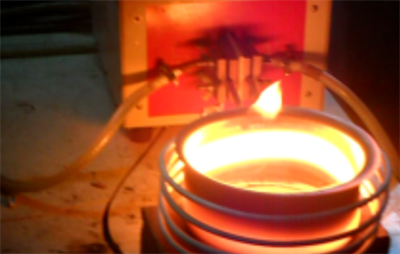
1Preparatory heat treatment
The purpose of preliminary heat treatment is to improve processing performance, eliminate internal stress, and prepare a good metallographic structure for final heat treatment. The heat treatment processes include annealing, normalizing, aging, quenching tempering, etc.
1) Annealing and normalizing
Annealing and normalizing are used on blanks that have been hot-worked. Carbon steel and alloy steel with a carbon content greater than 0.5% are often annealed in order to reduce their hardness and make cutting easier; carbon steel and alloy steel with a carbon content less than 0.5% are often treated with annealing in order to prevent the tool from sticking when the hardness is too low when cutting. Instead, use normalizing treatment. Annealing and normalizing can still refine the grains and make the structure uniform, preparing for subsequent heat treatment. Annealing and normalizing are often arranged after the blank is manufactured and before rough machining.
2) Timeliness treatment
Aging treatment is mainly used to eliminate internal stress generated during blank manufacturing and machining.
In order to avoid excessive transportation workload, for parts with general precision, it is enough to arrange an aging treatment before finishing. However, for parts with higher precision requirements (such as the box of a coordinate boring machine, etc.), two or several aging processes should be arranged. Simple parts generally do not require aging treatment.
In addition to castings, for some precision parts with poor rigidity (such as precision screws), in order to eliminate the internal stress generated during processing and stabilize the processing accuracy of the parts, multiple aging treatments are often arranged between rough machining and semi-finishing. When processing some shaft parts, aging treatment must be arranged after the alignment process.
3) Conditioning
Quenching and tempering is a high-temperature tempering treatment after quenching. It can obtain a uniform and fine-tempered sorbate structure to prepare for the reduction of deformation during subsequent surface quenching and nitriding treatments. Therefore, quenching and tempering can also be used as a preparatory heat treatment.
Since the comprehensive mechanical properties of the parts after quenching and tempering are better, it can also be used as the final heat treatment process for some parts that do not require high hardness and wear resistance.
2 Final heat treatment
The purpose of final heat treatment is to improve mechanical properties such as hardness, wear resistance, and strength.
1)Quenching
Quenching includes surface quenching and overall quenching. Among them, surface quenching is widely used because of smaller deformation, oxidation, and decarburization. Surface quenching also has the advantages of high external strength and good wear resistance, while maintaining good internal toughness and strong impact resistance. In order to improve the mechanical properties of surface quenched parts, heat treatments such as quenching and tempering or normalizing are often required as preliminary heat treatments. The general process route is: blanking--forging--normalizing (annealing)--roughing--quenching and tempering--semi-finishing--surface quenching--finishing.
2) Carburizing and quenching
Carburizing and quenching are suitable for low-carbon steel and low-alloy steel. It first increases the carbon content of the surface layer of the part. After quenching, the surface layer obtains high hardness, while the core still maintains a certain strength, high toughness, and plasticity. Carburizing is divided into overall carburizing and partial carburizing. During partial carburizing, anti-seepage measures (copper plating or anti-seepage material plating) must be taken for the non-carburized parts. Due to the large deformation during carburizing and quenching, and the carburizing depth is generally between 0.5~2mm, the carburizing process is generally arranged between semi-finishing and finishing.
The process route is generally: blanking-forging-normalizing-rough and semi-finishing-carburizing and quenching-finishing. When the non-carburized part of a partially carburized part adopts the process plan of increasing the margin and removing the excess carburized layer, the process of removing the excess carburized layer should be arranged after carburizing and before quenching.
3) Nitriding treatment
Nitriding is a treatment method in which nitrogen atoms penetrate into the metal surface to obtain a layer of nitrogen-containing compounds. The nitriding layer can improve the hardness, wear resistance, fatigue strength, and corrosion resistance of the part surface. Since the nitriding treatment temperature is low, the deformation is small, and the nitriding layer is thin (generally no more than 0.6~0.7mm), the nitriding process should be arranged as late as possible. In order to reduce the deformation during nitriding, it is generally necessary to Perform stress-relieving high-temperature tempering.






